How often should you vacuum? Experts explain the 'right' amount
Daily or weekly, just how often should you vacuum? We turn to research scientists and cleaning experts to share their views
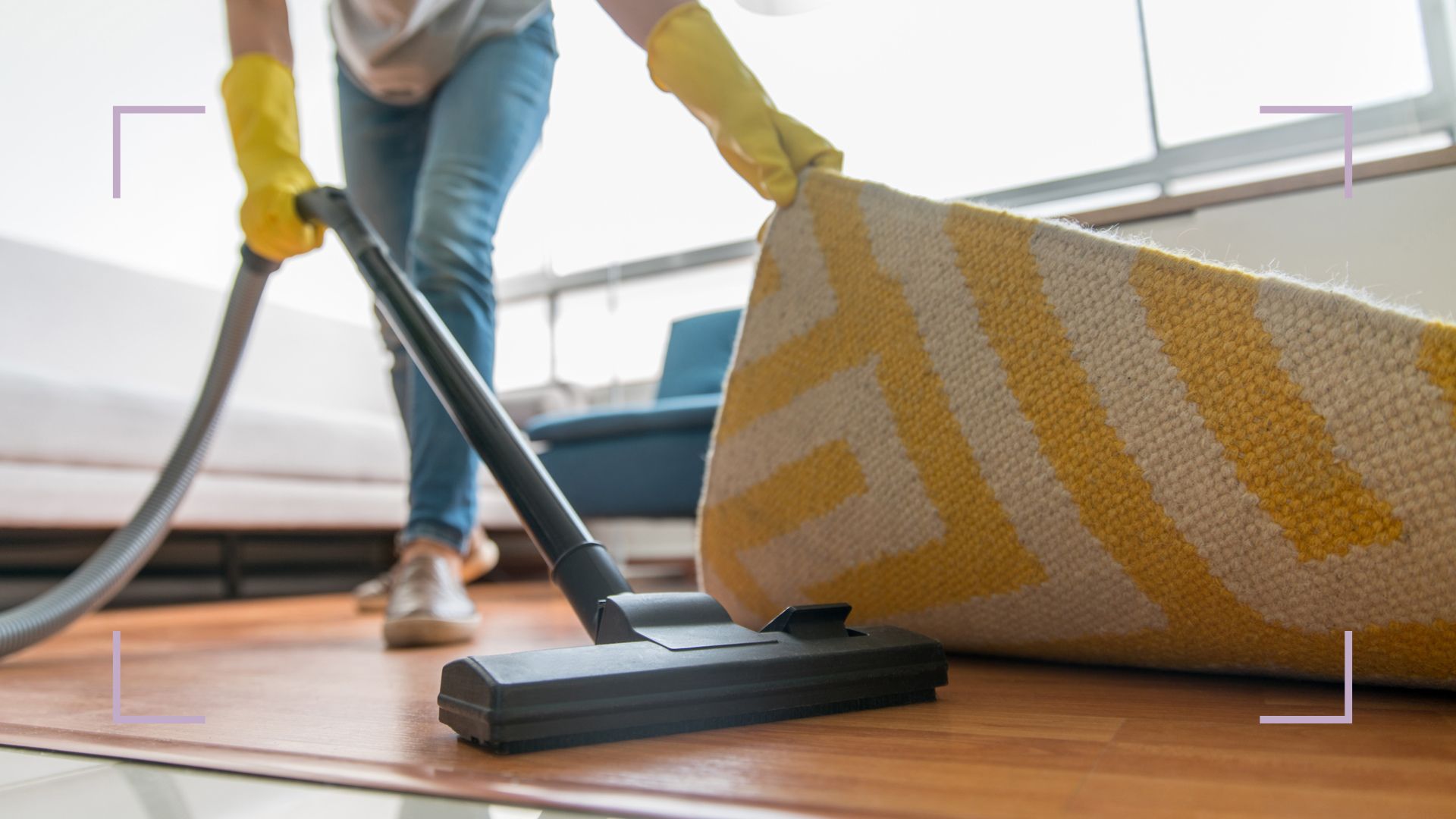

It's a regular household chore for most, but just how often should you vacuum your home? Is once a week enough or should we be doing it daily? We asked the experts to help determine if there is a definitive 'right' amount.
Vacuuming needs to be a regular household cleaning chore because there can be unpleasantness hiding on every surface, in every room. So, just like knowing how often you should wash your sheets, it's good to know just how regular the task should be.
"Household dust is a mixture of indoor and outdoor pollutants and often includes dirt, skin cells, hair, clothing fibers, bacteria, mold spores, pollen, microscopic specks of plastic, and dust mites," explains Alexander Provins, Director EMEA at Blueair. "If you suffer from allergies and asthma, dust mites can be a major indoor trigger that makes symptoms worse."
With this in mind, we enlisted the help of professionals, from research scientists in microbiology and cleaning experts, to determine how often we vacuum to stay on top of dust and allergens to improve the air quality in our homes.
How often should you vacuum your home?
While every household will have its own routine and cleaning checklist, experts unanimously recommend vacuuming at least once a week. Much like how often you should be cleaning your home depends on your home and your lifestyle.
Matthew Lee, a senior research scientist at Dyson says, "The best advice for cleaning wooden floors is to vacuum at least once a week to prevent dirt from building up. For me, I try to give the high-traffic areas of my home a little extra attention, such as kitchens and bedrooms, as the floor can quickly collect a lot of dirt, debris, and stray hairs."
"Cleaning two of the ten spots; ceilings, walls, mattresses, skirting boards, pet baskets, lamp or lampshades, curtains or blinds, stairs, and sofas every week means you can achieve a whole house deep clean every month. This is a highly recommended frequency to maintain a clean home without getting overwhelmed by the daunting task of trying to deep clean your entire home at once."
Sign up for the woman&home newsletter
Sign up to our free daily email for the latest royal and entertainment news, interesting opinion, expert advice on styling and beauty trends, and no-nonsense guides to the health and wellness questions you want answered.
"Carpets can hide dust and dirt between their fibers, as well as harbor microscopic life – such as dust mites, molds, and allergens – all of which can impact your wellbeing. So, it’s important not to wait until your carpet looks visibly dirty before vacuuming," Matthew warns. "Vacuuming high-traffic areas twice a week and the rest of your carpeted spaces once a week is enough to keep dust and dirt at bay."
Lynsey Crombie, cleaning expert, TV star, and Queen of Clean agrees but recommends cleaning high-traffic areas even more regularly. "Vacuum the stairs once a week and the rest of the house twice a week. But high-traffic areas, such as home entrances, door mats, and kitchens should be vacuumed daily," she advises.
"Vacuuming habits really are a personal preference but our data tells us most people will do a full home vacuum once a week, typically 25 minutes in an average-size house," explains Lupe's Pablo Montero, former Dyson research and development engineer. "I would personally concur with a once-a-week minimum."

If you have a busy household with children or pets, you might find yourself reaching for the hoover more often, however. In favor of a daily vacuum Geoff Johnson, director at ROIDMI UK advises "For a busy household, particularly one with pets, vacuuming carpets, hard floors, potentially furniture, and even beds every day will dramatically reduce allergens in the home."
"It doesn’t have to be a complete and time-consuming ‘spring-clean’ every day, but regular vacuuming with a HEPA (a high-efficiency absorbing filter) or better-rated vacuum will keep particles and dust from building up to levels that trigger allergic reactions. Think of it like the pollen count, by regularly vacuuming with a high-quality cleaner, you will keep your home’s allergen count low most of the time."
So the answer, much like how often you should be cleaning your home depends on your home and your lifestyle.
Should you dust or vacuum first?
Logically we assume dusting first to be the best practice if you're looking to get rid of dust in your home. But turns out there are good reasons why on some occasions you should vacuum before you dust.
"Unfortunately, the very act of traditional dusting with a cloth will lift a lot of dust and other allergens into the air, where they will come into contact with skin or get breathed in," explains Geoff. "If the surface you are cleaning can be vacuumed first, with a small brush or crevice tool, we would always recommend running over the area first with the cleaner to pick up the bulk of the dust and particles.
"Conversely, if the area isn’t suitable for vacuuming, perhaps like delicate ornaments or glassware, we would suggest dusting before you vacuum the rest of the room" Geoff suggests. "In this case, the dust and allergens that will be lifted into the air are likely to get sucked into the vacuum cleaner as you clean the room.
“Using a wet cloth to clean surfaces is fine, but the sequence of cleaning tools matters. Dampening dust on floors – even fine dust invisible to the naked eye – could mean that you’re creating a habitat more favorable to dust mite and mold proliferation," warns Monika Stuczen, a research scientist in microbiology at Dyson.
"Dust is most effectively removed with a vacuum cleaner first, before going on to wipe surfaces. Even then, it is important to use a vacuum cleaner with effective filtration and sealing technology to ensure that whatever you vacuum remains trapped and is not expelled back into the home.”
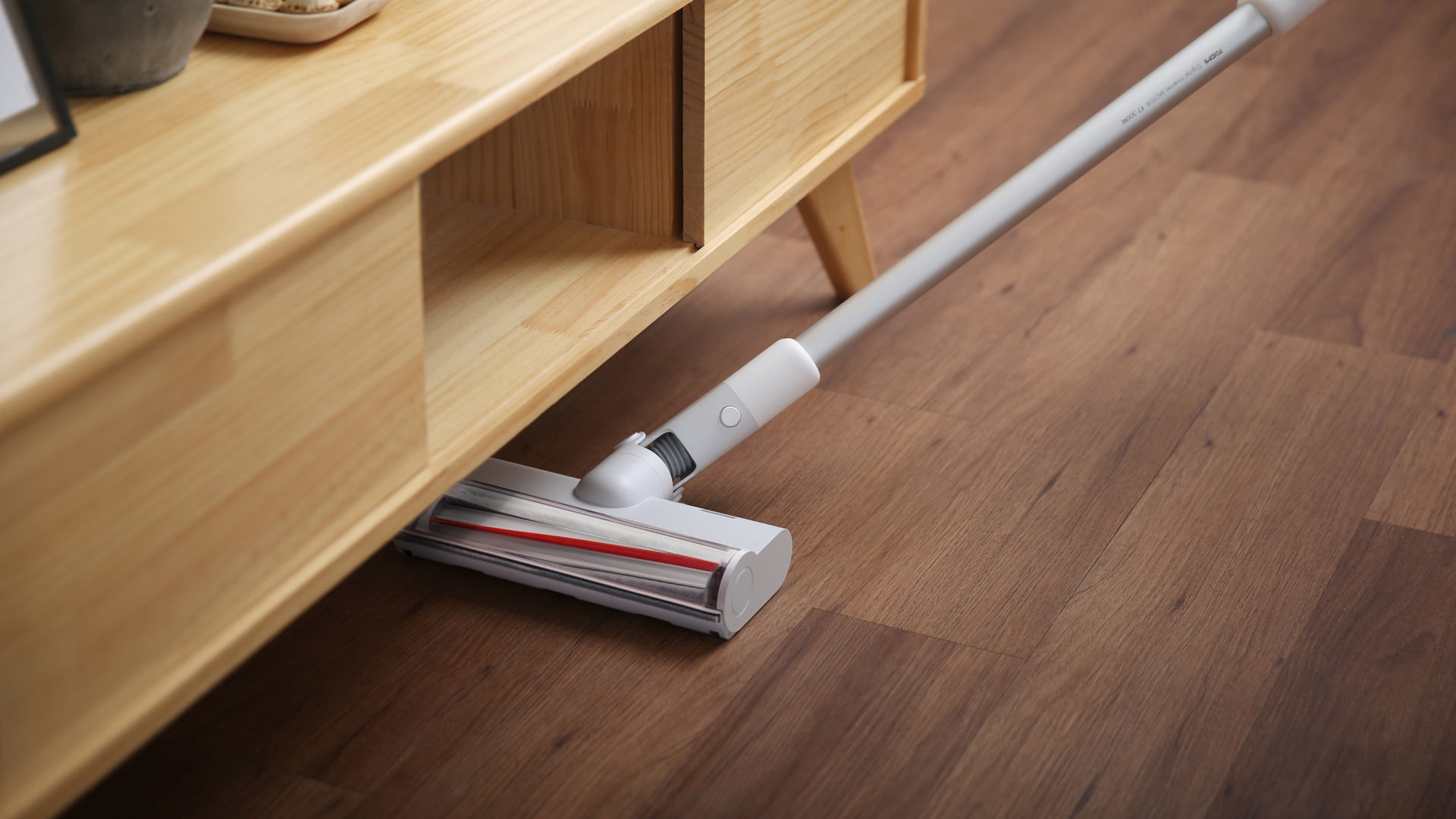
How to vacuum properly: 6 tips from a Dyson engineer
We asked Tom McVey, Principal Engineer at Dyson how to vacuum more efficiently, to get the best results when looking at how to deep clean a carpet, how to clean hardwood floors, and generally keep surfaces dust-free.
Tom begins by explaining the process, “In general, dust particles are mechanically and/or electrostatically ‘stuck’ to surfaces. A vacuum needs to apply a force to particles for a certain time in order to dislodge them and entrain them into the machine.
“The force is supplied by the airflow from the machine, as well as the brush bar and cleaner head. The force can be increased by changing to higher suction settings, whereas the ‘time’ can be increased either by moving slower or completing more passes over an area."
Now that you know the science behind the process, it's time to get started!
Here are Tom's top tips on how to vacuum properly:
1. Choose the right machine
Choose the best vacuum for the job. Different vacuums are designed for different floor types and home sizes. "Different machines will perform differently depending on the surface they’re used on. Owners will always need to balance the performance they want with the time it will take to get an optimum clean," says Tom.
"Some machines will be engineered with hard floors in mind and will struggle on thick pile carpets, for example. Choosing the right machine for your home will make a big difference to the ease and speed with which you’re able to clean your home," says Tom.
2. Use the correct setting
You'll achieve a better clean by using the right setting for the surface you are vacuuming. "Most machines have options depending on your floor type and user preferences that can optimise performance. For example, our 'Boost mode' is designed for ground-in dirt and debris and Eco mode is designed for general cleaning. Auto mode, however, takes this decision out of your hands and will intelligently adapt to the floor type thanks to in-built micro-processors."
Check the user manual on your model to see the different options.
3. Attach the best tool
Tackle different areas of the home with different tool heads to ensure you can get into every corner and crevice. "Use the right tool for the right job: making sure you choose the right cleaner head or accessory tool for the job can make a big difference to performance and ease-of-use."
Most machines, including all the best Dyson vacuum cleaners, normally come with several of the following:
- Multi-floor tools for great all-round cleaning, particularly good on carpets
- Powerful torque-drive heads that dislodge ground-in dirt from even deep-pile carpets
- Fluffy heads that excel at cleaning hard floors
- Mini-heads for cleaning stairs, mattresses or upholstery
- Crevice tools for gaps and crevices, or hard to reach areas
- Soft dusting tools for delicate furniture
4. Vacuum slowly
It's not just how often you vacuum but the speed at which you do that can make a big difference. "Vacuuming more slowly gives the machine more time to remove the dirt, especially the ground-in dirt and debris and hidden dust deep in soft furnishing and carpets," says Tom.
5. Vacuum over the same spot
Tom advises going over the same spot more than once. "Go over the same spot but not too often. More passes over an area will also give the machine the best chance of cleaning well, but any more than two or three times gives minimal increase according to our research."
6. Vacuum little and often
"Vacuuming frequently on areas that receive more footfall will help to stop dirt building up and getting trodden into your floor." says Tom. Using the best cordless vacuum is helpful for this because they're generally lightweight, easy to set up and quick to move around. Alternatively, the best robot vacuums can be handy for quick, daily cleaning - they cannot provide the same performance as a vacuum cleaner, but they are a handy supplementary tool.

Tamara is a highly experienced homes and interiors journalist with a career spanning over 22 years. Now the Lifestyle Editor of womanandhome.com, she previously spent 18 years working with the style teams at Country Homes & Interiors and Ideal Home. With these award-winning interior teams, she gained a wealth of knowledge and honed her skills and passion for styling and writing about every aspect of lifestyle and interiors.
A true homes and interiors expert, Tamara has been an ambassador for leading interior brands on multiple occasions, including appearing on Matalan’s The Show and presenting at top interior trend forecasting events such as the Autumn Fair and Spring Fair.
-
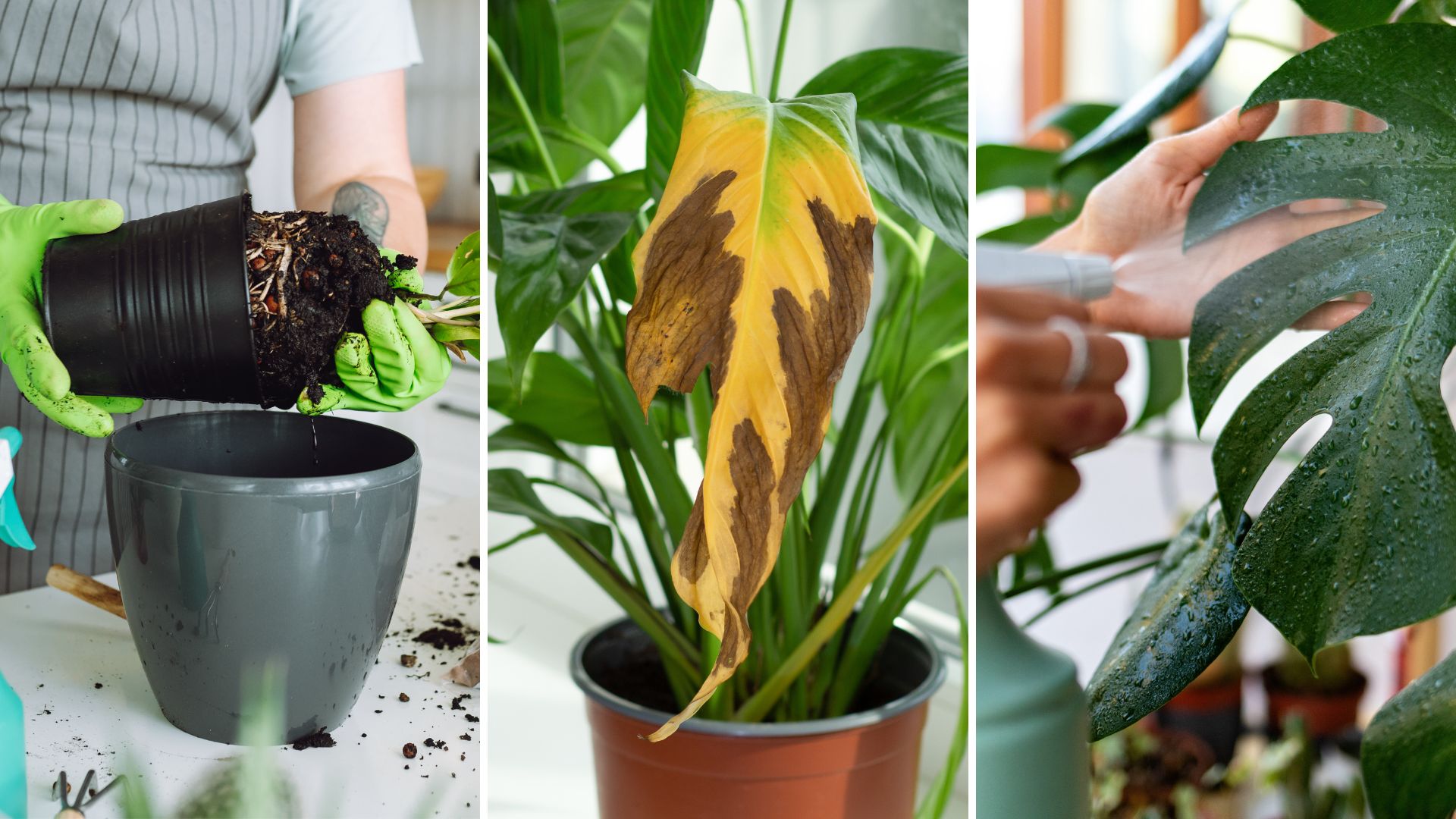 6 common houseplant myths to ignore, warn horticulture experts
6 common houseplant myths to ignore, warn horticulture expertsThese common misconceptions about caring for indoor plants might surprise you – they feel perfectly logical
By Emily Smith Published
-
 I never thought I’d turn to Big Brother for style inspiration but Angellica Bell just wore the perfect Little Black Dress
I never thought I’d turn to Big Brother for style inspiration but Angellica Bell just wore the perfect Little Black DressI often find myself being inspired by the outfits I see around me and that includes the ones that appear on TV or social media.
By Emma Shacklock Published
-
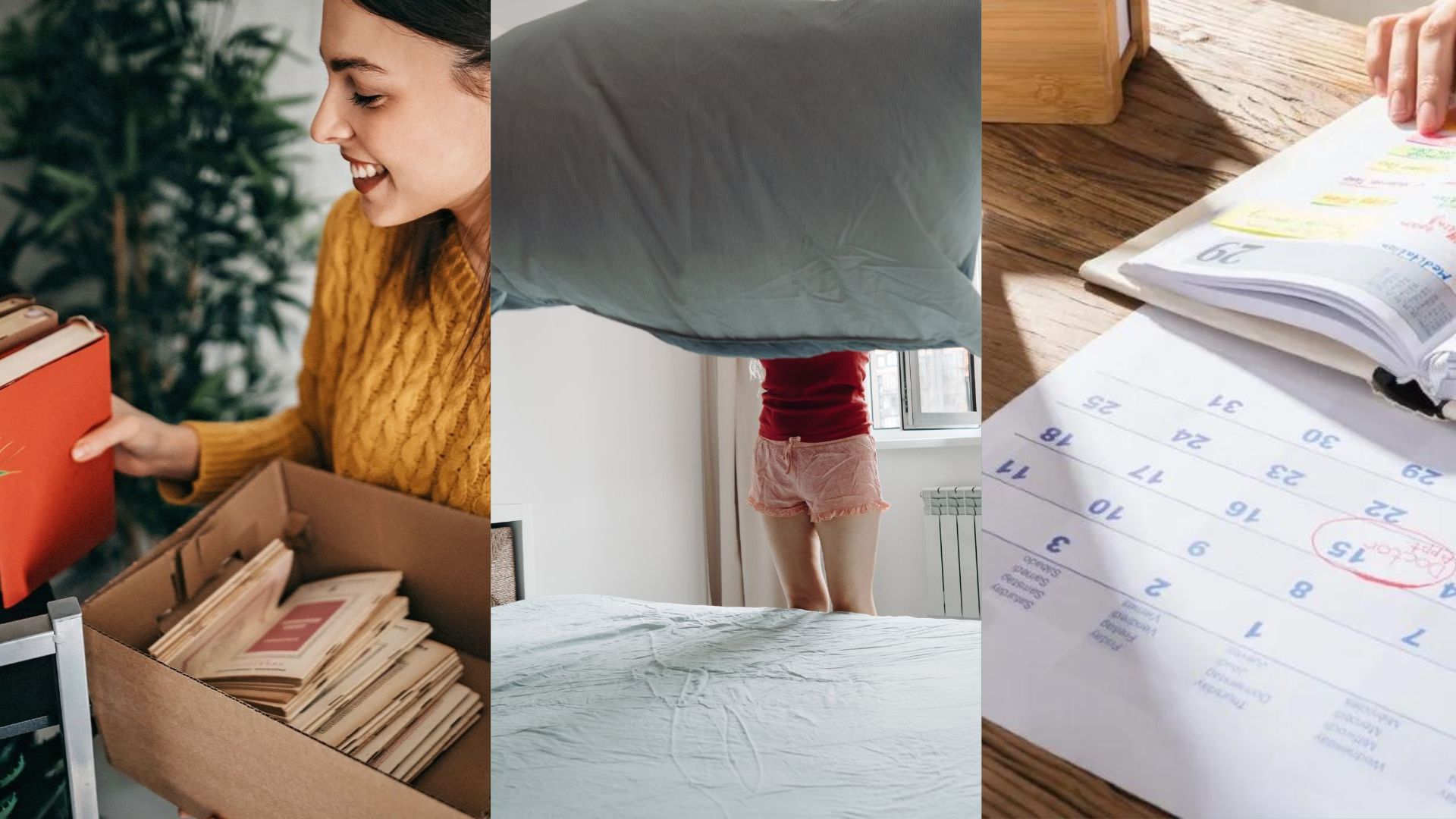 Top tips and tricks for keeping on top of housework
Top tips and tricks for keeping on top of houseworkChores don't have to feel like a chore with these 32 smart tips and tricks
By Jack Slater Published
-
 32 household tips to help keep your home looking its best
32 household tips to help keep your home looking its bestFollow these cleaning, de-cluttering and organisation tips from the experts to keep your home in order
By Lauren Hughes Published
-
 Save up to £100 on Dyson's bestselling cordless vacuums with a rare 'Dyson Week' sale
Save up to £100 on Dyson's bestselling cordless vacuums with a rare 'Dyson Week' saleNow is the time to prep for spring cleaning, with this rare Dyson Week sale offering £100 off cordless vacuums and more
By Emily Smith Published
-
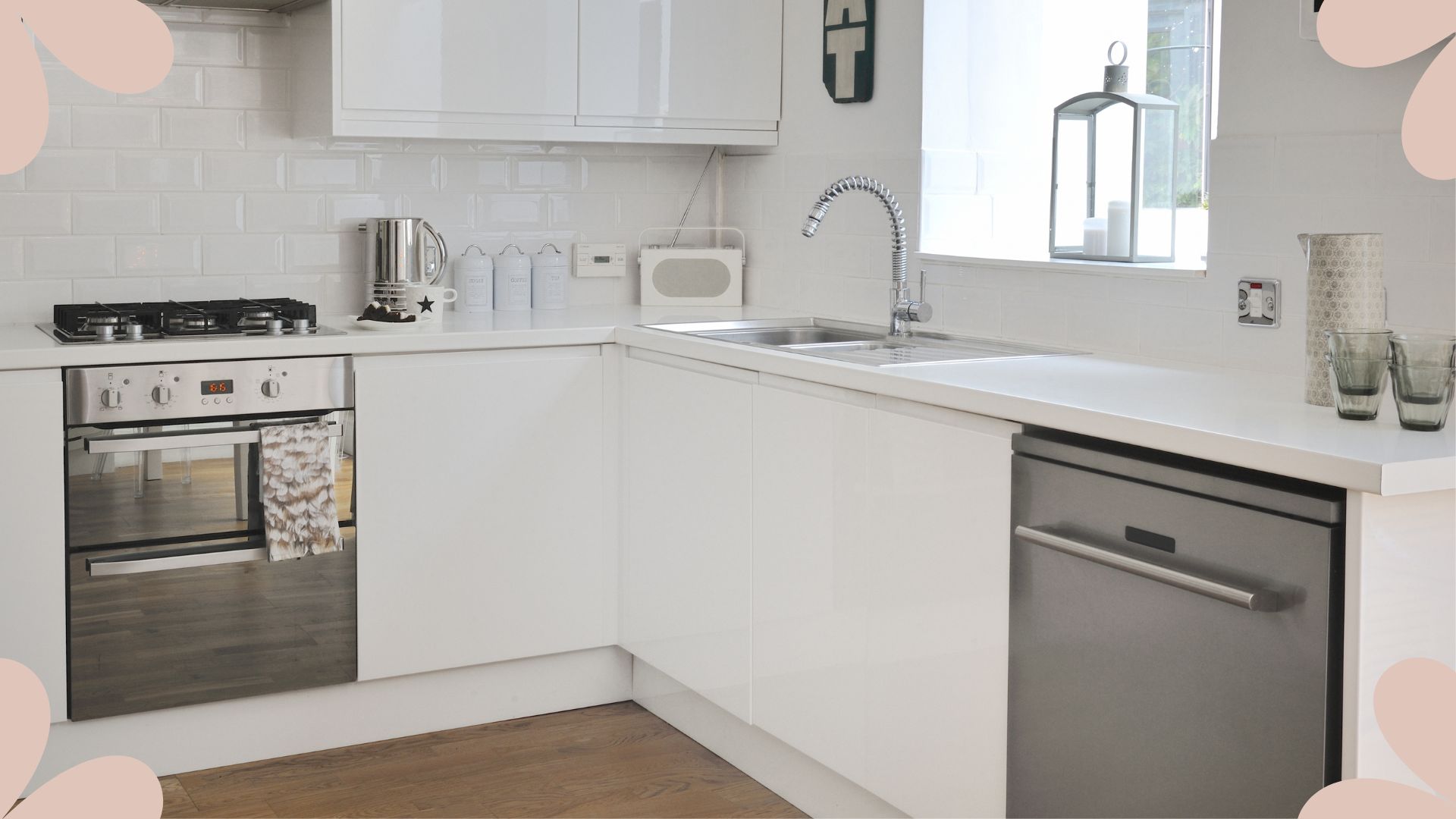 I tried the tin foil dishwasher hack and was surprised by the 'sparkling results'
I tried the tin foil dishwasher hack and was surprised by the 'sparkling results'If you're sick of your silverware coming out of the dishwasher dull, this dishwasher foil cleaning hack could be the solution
By Emily Smith Published
-
 Here's how to reduce dust in your home, according to a Dyson scientist
Here's how to reduce dust in your home, according to a Dyson scientistWe've called on the help of dust experts to find ways to reduce dust around a home to cut down on cleaning times
By Tamara Kelly Published
-
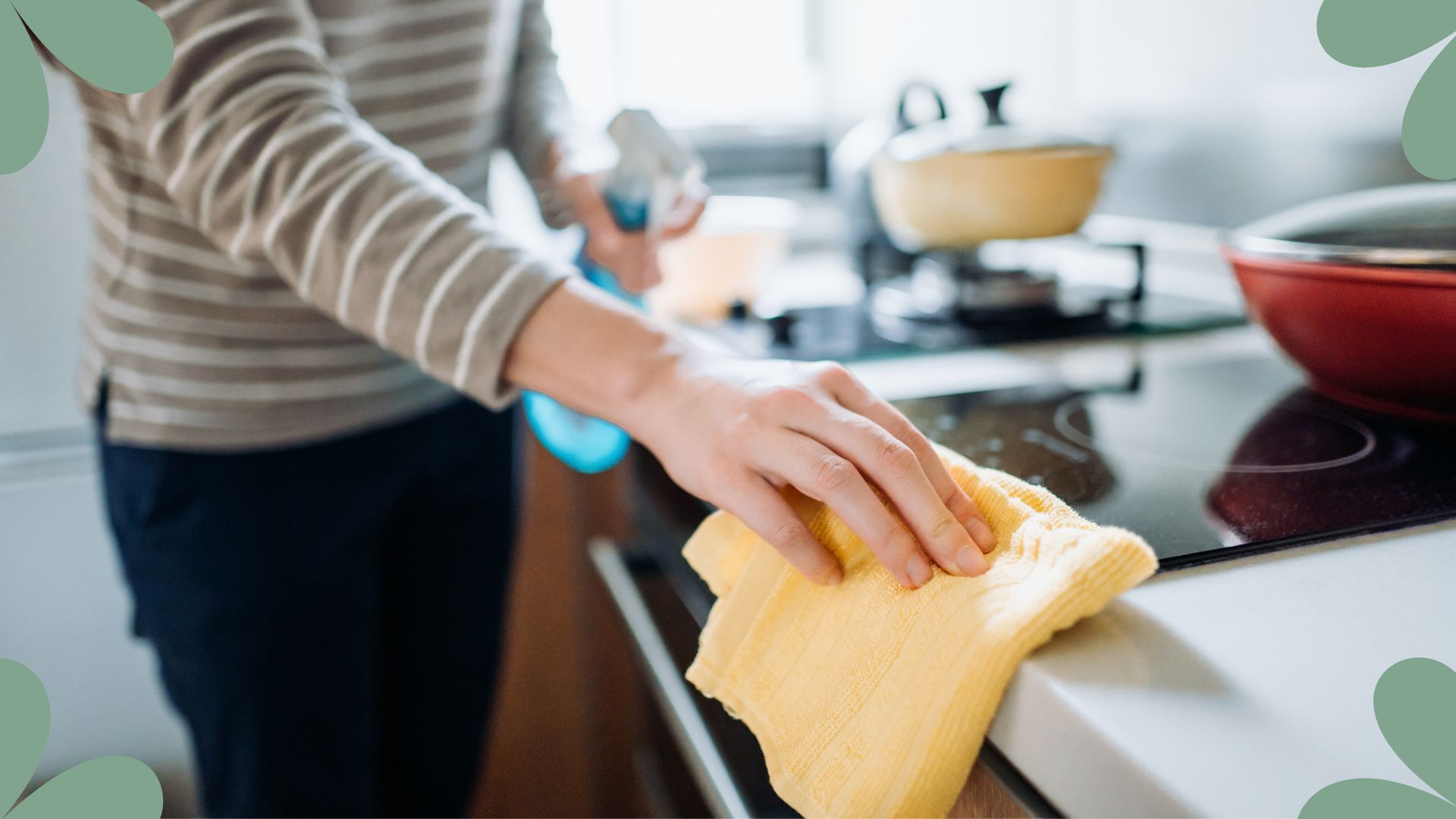 The 9 surprising items in your home that could be dirtier than a toilet seat
The 9 surprising items in your home that could be dirtier than a toilet seatInterior experts have revealed the dirtiest items in your home that may have been neglected for way too long
By Emily Smith Published
-
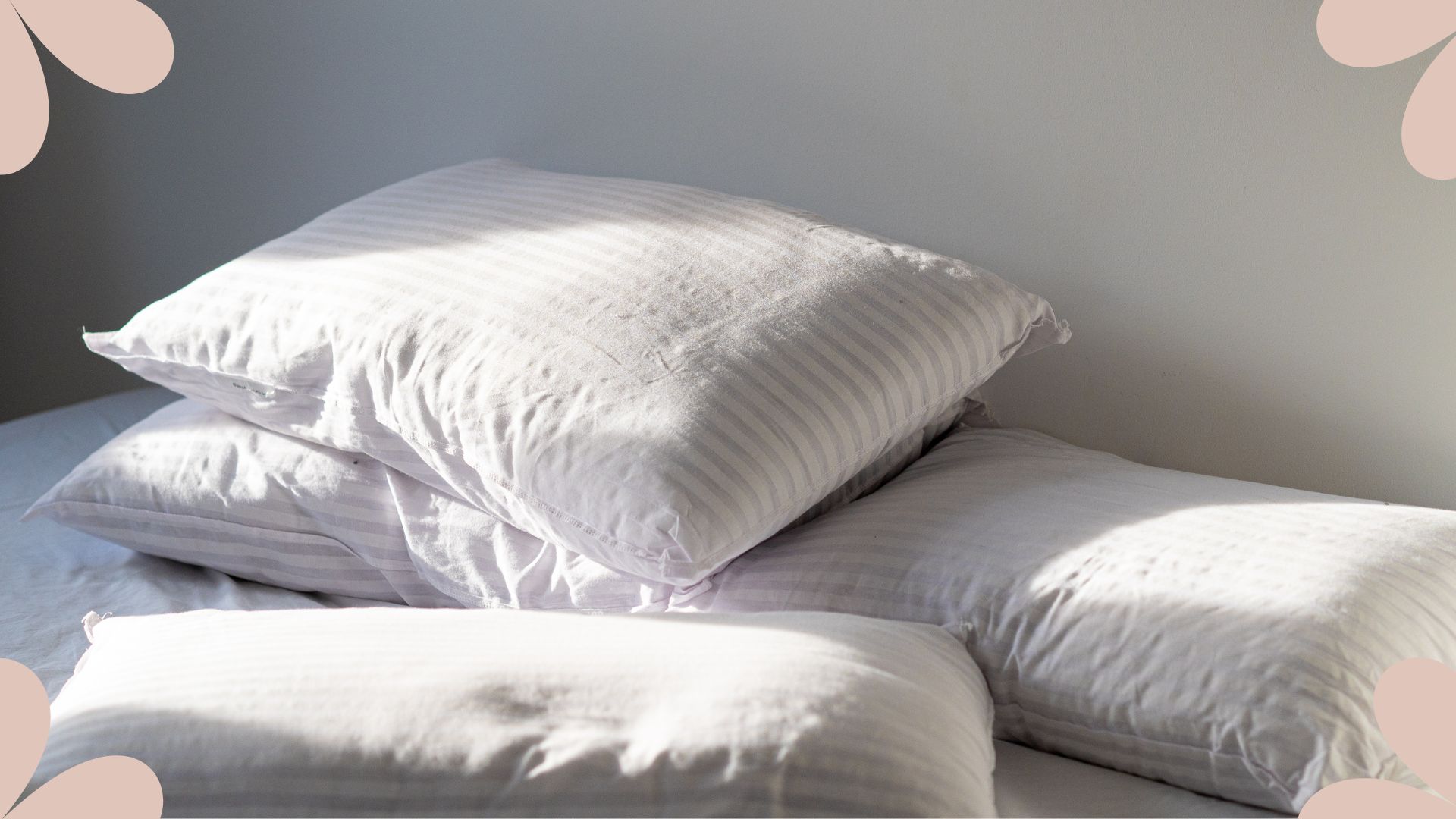 The viral pillow cleaning hack that has left experts puzzled
The viral pillow cleaning hack that has left experts puzzledBed experts have been left dazed and confused after seeing this new viral TikTok cleaning hack with a twist...
By Emily Smith Published
-
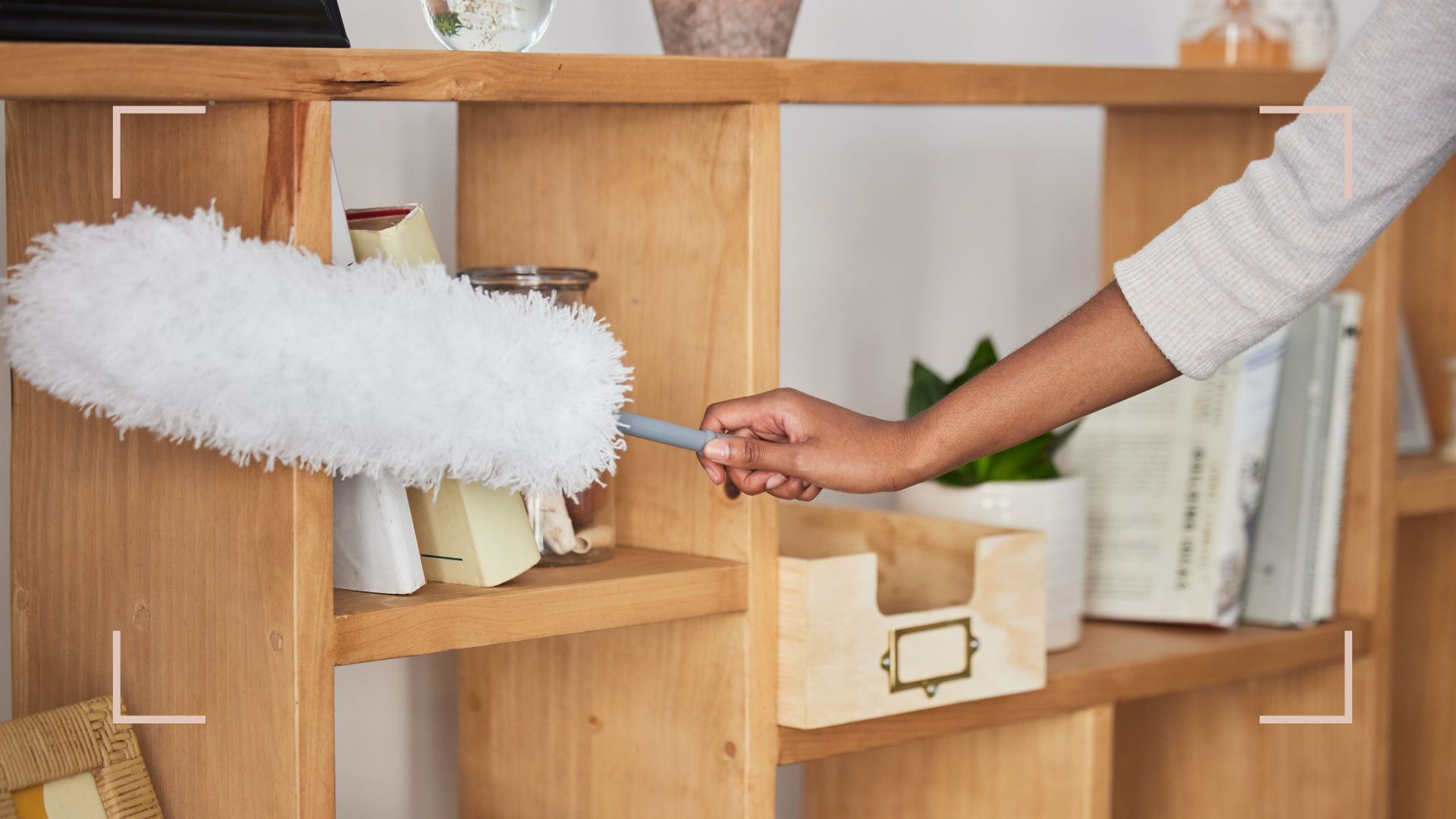 How to get rid of dust in your home: 10 simple tips for a cleaner space
How to get rid of dust in your home: 10 simple tips for a cleaner spaceOur expert tips on how to get rid of dust in your home will help create a cleaner environment in every room
By Amy Hunt Last updated